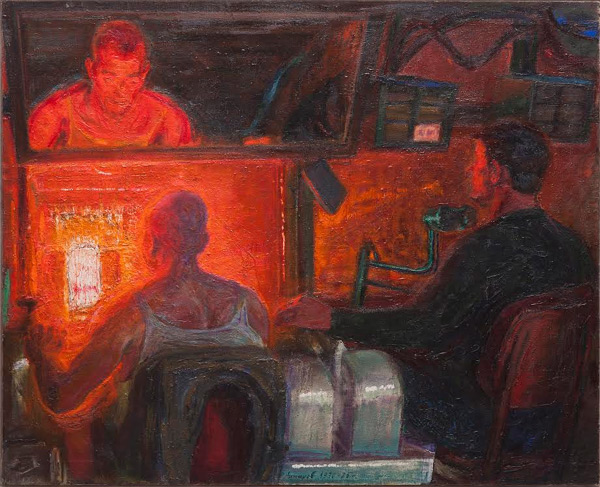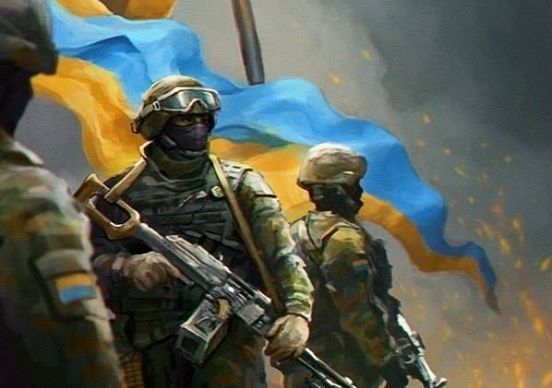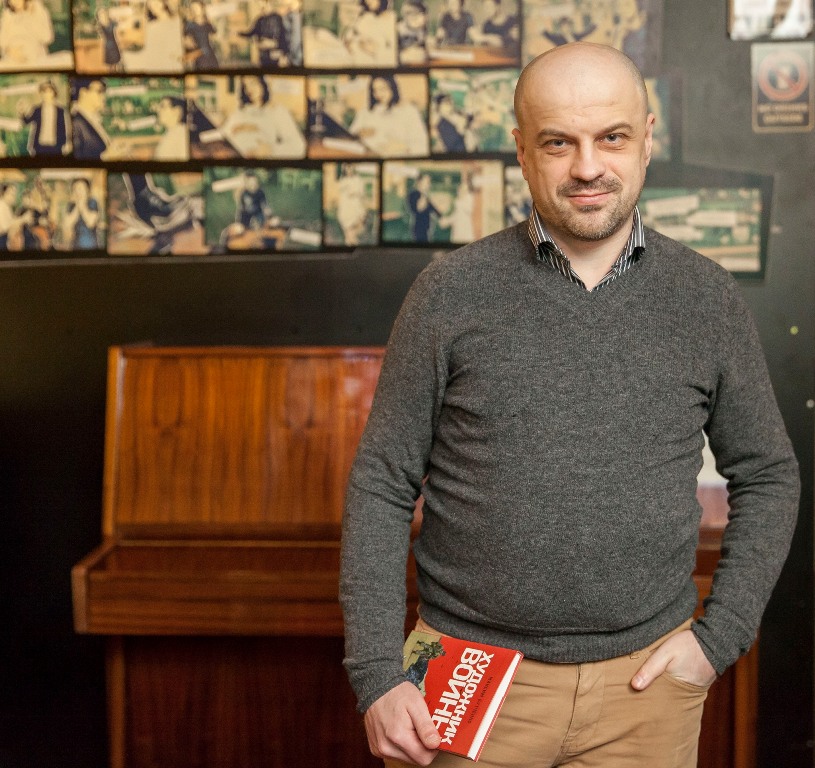
Read also: How Russia’s worst propaganda myths about Ukraine seep into media language
The Donbas in East Ukraine is a vast rolling expanse of Steppe where the horizon is broken by collieries and slag heaps. Miners work with primitive equipment and are often maimed and killed. They see the corpses of their colleagues carried to the surface and draped with a sheet on a weekly basis.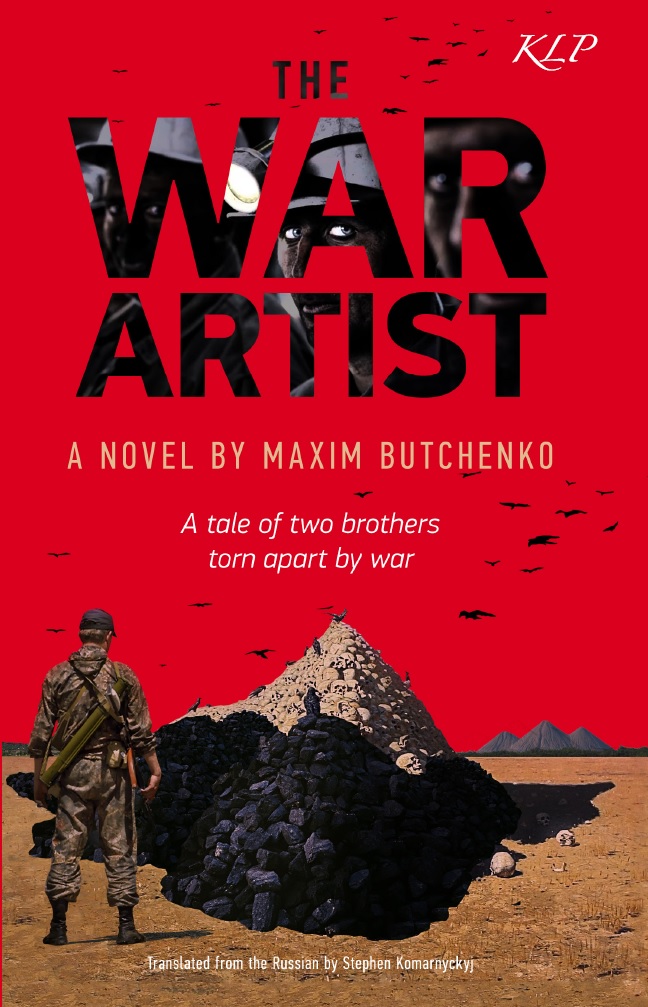 The area was the site of what Luhansk native Maxim Butchenko a Soviet experiment after world war two. Cities were built according to a strict Soviet model and miners often ex-convicts were shipped in from across the Soviet Union. Some areas retained a Ukrainian identity but many became soulless enclaves of Marxism-Leninism.
After the Soviet Union collapsed the area became a kind of wild east where organized crime flourished. Business rivals were assassinated and crime bosses donned lounge suits and posed as ordinary businessmen while sending thugs in ski masks to beat up or kill their enemies. Oligarchs with shadowy pasts soon owned the area's mines and industries. Two of them, Renat Akhmetov and Viktor Yanukovych went into politics.
Yanukovych won a presidential election by means of massive voter fraud (including multiple voting by the same people and support from dead voters) in 2004. Massive crowds took to the streets in Kyiv to protest and the result was canceled. Yanukovych tried to organize his own demonstrations. He and his cronies bussed in miners from the Donbas. They were told that the rest of Ukraine was Fascist. The soviet mindset which had survived in the Donbas had fossilized like the coal beneath its vast plains. Its inhabitants were only too willing to believe the fairy tale of Fascists ruling Kyiv. Yanukovych lost the subsequent rerun but despite massive evidence of fraud he and his cronies were never prosecuted.
The area was the site of what Luhansk native Maxim Butchenko a Soviet experiment after world war two. Cities were built according to a strict Soviet model and miners often ex-convicts were shipped in from across the Soviet Union. Some areas retained a Ukrainian identity but many became soulless enclaves of Marxism-Leninism.
After the Soviet Union collapsed the area became a kind of wild east where organized crime flourished. Business rivals were assassinated and crime bosses donned lounge suits and posed as ordinary businessmen while sending thugs in ski masks to beat up or kill their enemies. Oligarchs with shadowy pasts soon owned the area's mines and industries. Two of them, Renat Akhmetov and Viktor Yanukovych went into politics.
Yanukovych won a presidential election by means of massive voter fraud (including multiple voting by the same people and support from dead voters) in 2004. Massive crowds took to the streets in Kyiv to protest and the result was canceled. Yanukovych tried to organize his own demonstrations. He and his cronies bussed in miners from the Donbas. They were told that the rest of Ukraine was Fascist. The soviet mindset which had survived in the Donbas had fossilized like the coal beneath its vast plains. Its inhabitants were only too willing to believe the fairy tale of Fascists ruling Kyiv. Yanukovych lost the subsequent rerun but despite massive evidence of fraud he and his cronies were never prosecuted.
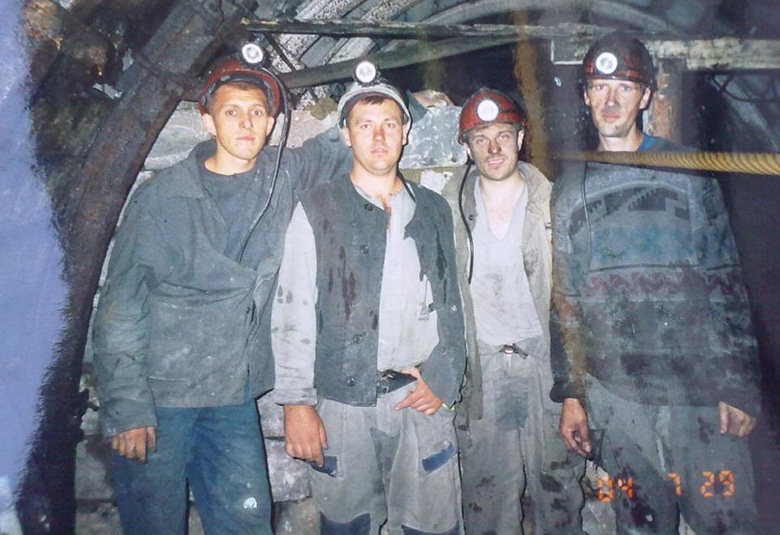
Read also: How it all happened: from Euromaidan to the occupation of Crimea and war in Donbas
Russia was able to recruit some of these workers into hybrid forces comprising a mixture of locals and Russian mercenaries. They set up two pseudo-republics, the DNR and the LNR, in Donetsk and Luhansk. These were led by shadowy characters, Nazis like Pavel Gubarev or GRU agents like Igor Strelkov. Fake countries created by Russian intelligence and its deniable assets. The hybrid army was used as cannon fodder by the regular Russian army who were in Ukraine from 2014 onwards despite the brazen lies of the Kremlin. There is no genuine separatist movement in Ukraine. There is the Russian army. There are some Ukrainians and multinational mercenaries in Russian-led units. Russia had hoped to split Ukraine apart in 2014 believing that many people across south and east Ukraine would flock to their banner. This operation, known as the “Russian Spring," or "Novorossiya," failed dismally because Ukrainians remained loyal to their state and understood Putin’s kleptocracy only too well. Putin was left occupying part of the Donbas.Read also: Meet the people behind Novorossiya’s grassroots defeat
Maxim Butchenko’s novel begins at the point where Russian Special Forces are seizing buildings and destabilizing Luhansk.It is a glimpse into a mining community torn apart by a war in which brothers and sisters, parents and children are often split apart by the front line.
The English translation of War Artist by Maxim Butchenko by Stephen Komarnyckyj will be published by Kalyna Language Press in July 2017. His publishing house Kalyna language press specializes on making prominent Ukrainian literators accessible to English-language readers.
More about English translations of Ukrainian literature:
- Ukrainian translations, Russian oppression, and soft power
- “Rebellious pagan” Ukrainian poet Antonych receives English translation
- A XIX-century poet is now Ukraine’s driving force of change
- Ukraine’s Executed Renaissance and a kickstarter for one of its modern successors
- Let the songbird out of the cage – vote for Ukrainian literature
- Ukrainian book on “little things in life” seeks to reach the English reader
More by Stephen Komarnyckyj:
- Putin’s propaganda machine and how to smash it
- A strategy for damaging Russia’s propaganda machine
- Dancing with Stalin. The Holodomor genocide famine in Ukraine
- How Russia’s use of deniable assets bamboozled western security services
- Fancy a frack? How the UK Greens got into bed with Putin



